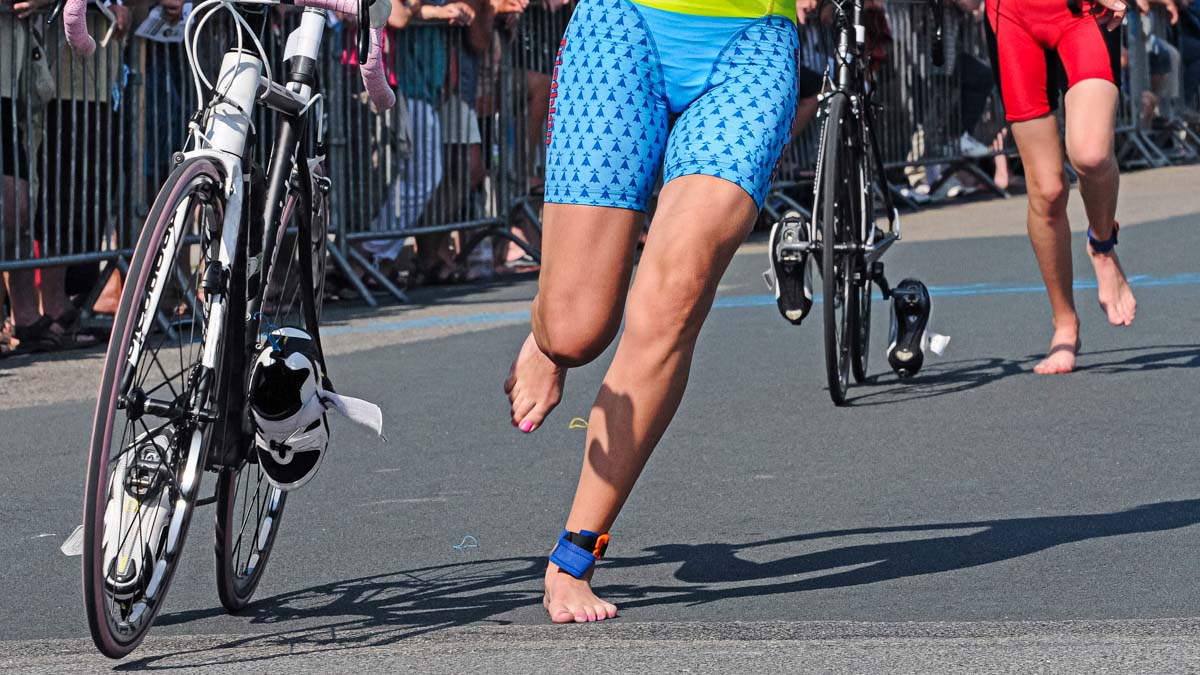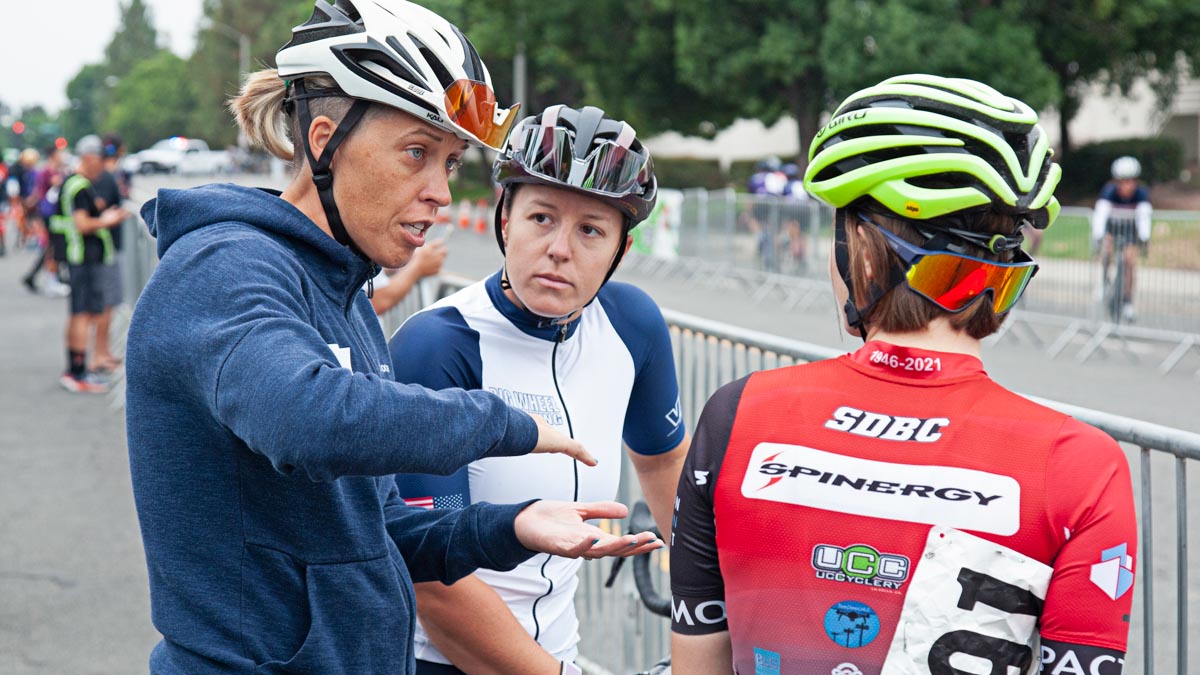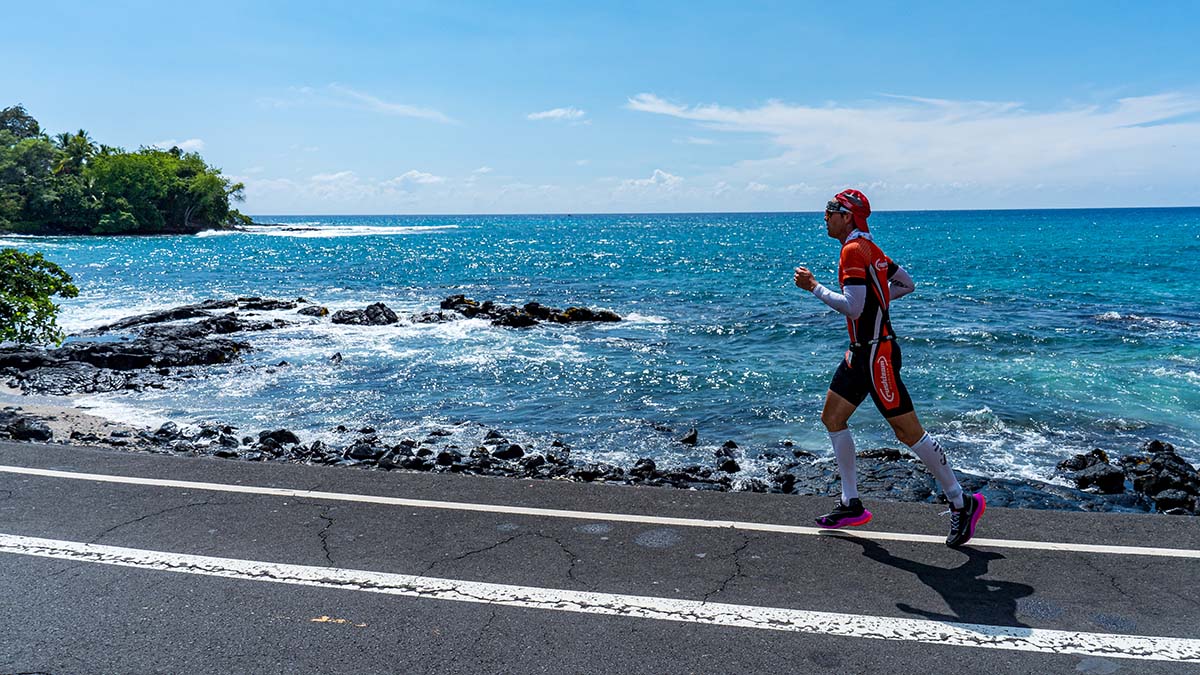As we start enjoying improved weather, athletes tend to get excited about the increased opportunity to train. As coaches, we need to pay particular attention to this change of seasons to ensure athletes don’t pick up unnecessary injuries as they crank up the volume and intensity of the training.
So why the sudden enthusiasm?
Extra Spring in Your Step
Previously, we explored the effects of SAD and Vitamin D deficiencies in athletes over winter. As evenings become lighter, the lack-of-motivation-fog lifts, the training window extends and your mood brightens. This can result in a sudden increase in training simply because your athletes are happy! In TrainingPeaks jargon, a sudden and jarring ramp rate increase puts you at risk of overtraining and non-functional overreaching or, at worst, injury. As such, take particular care as your athletes get a spring in their step.
Running a Risk
Athletes doing a spring or summer marathon in the heart training season have the additional imposed risk of long training runs. Suddenly, this extra motivation leading to an uptick in training effort occurs at a time when they’re approaching peak training mileage. This already fragile situation easily tips them into the realms of injury or fatigue. If your athlete is racing a marathon this spring before their tri season, make sure that you focus on recovery and don’t prescribe too much extra training. Let your training support the marathon effort and build towards a triathlon after it.
Training Camp-Imposed Inconsistency
The other risk imposed by this time of year affects athletes heading to training camps. I am certainly in support of training camps but the return from training camps needs to be balanced carefully.
Upon your athletes’ return home, they will naturally feel more motivated, fitter and stronger and not as prone to recognize the fatigue that they are carrying. They will likely need to dive back into a normal schedule—probably playing catch-up from a week away from work. Make sure they don’t forget to prioritize high-quality recovery (note: sitting at a desk, hunched in front of a screen doesn’t count!) It’s okay to deprioritize training for a little while in order to focus on this proper recovery.
During training camp, they were likely able to focus on a healthy balance of dedicated training followed by ample recovery. It takes greater effort and attention to maintain that balance at home. Remind them that to get fitter, you need to allow the adaption to take place, and this only happens with recovery.
The One-Two Punch: Strength and Volume
Finally, it is common to see a shift from base work to build work, or from strength work to strength endurance and plyometric work at this time of year. These shifts in training add intensity to the training volume that may go unnoticed. This change in intensity is difficult to track on a performance management chart (unless you are using WKO and measuring your Chronic Training Load (CTL) and Chronic Intensity Load (CIL). There’s a substantial temptation to strive for greater CTL and volume and disregard the increased strength effort as a major contributor to their overall fatigue. This can lead to injury. It’s best practice to allow the adaptation created by different strength work to settle before you pile on greater volume as well.
As the seasons change, your athletes’ training and motivation will inevitably change too. Remember to be patient, allow the adaptation to take place and only then, start safely building into the race season.









